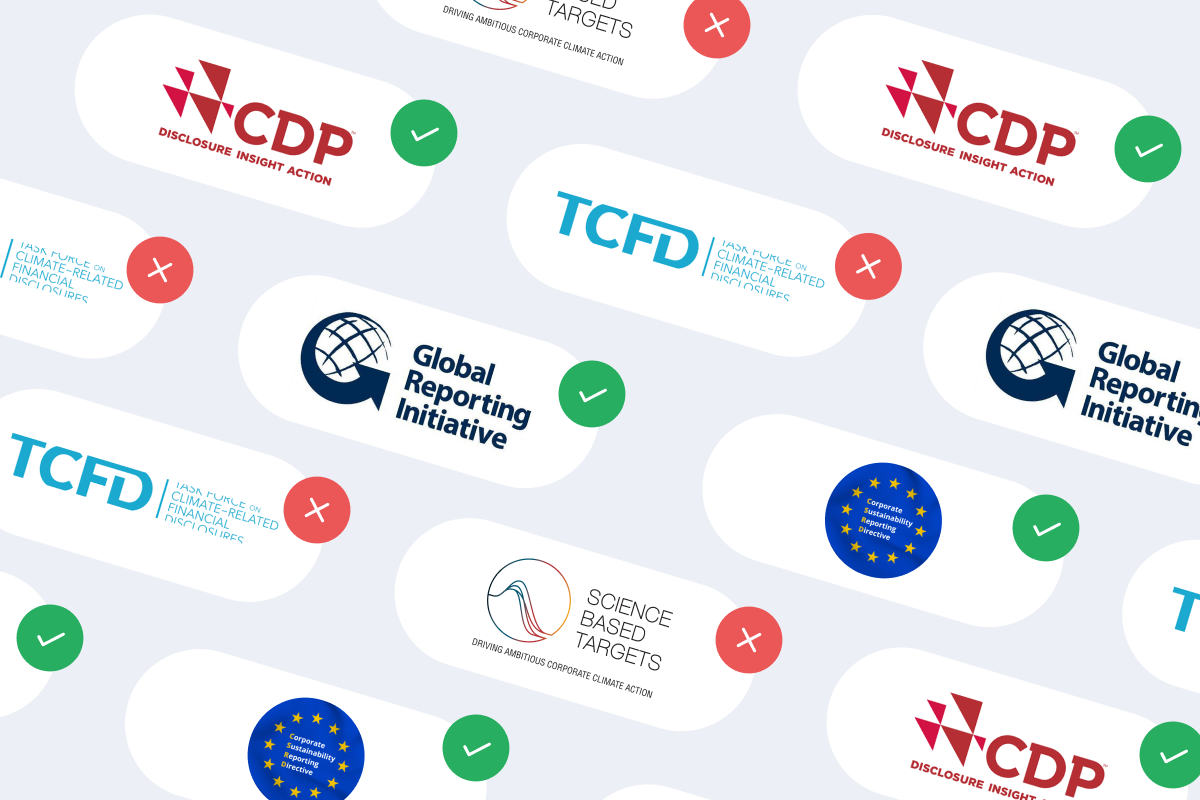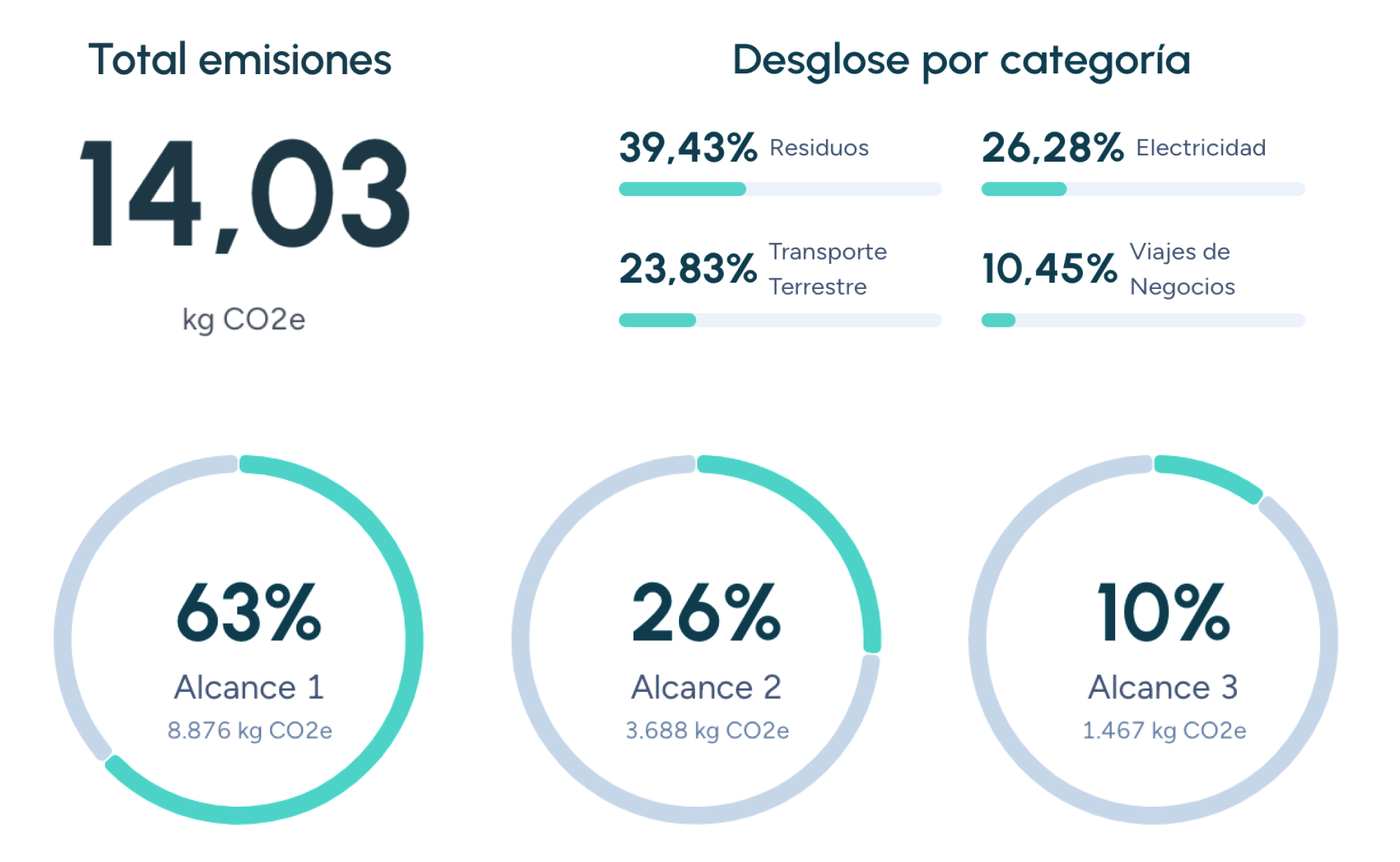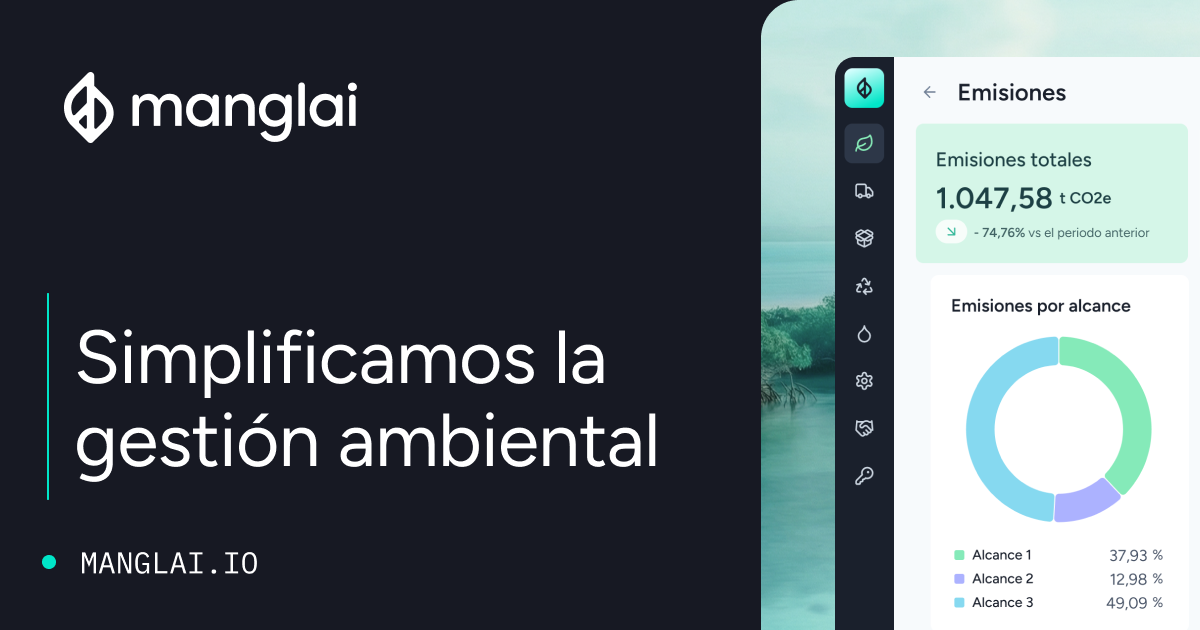E
Emissions Trading System (ETS)
An emissions trading system (ETS)—also known as a carbon market—is an economic mechanism that assigns a price to the emission of greenhouse gases (GHGs). By setting emission caps and issuing tradable allowances, it encourages companies to reduce their carbon footprint in a cost-effective manner.
Fundamentals of an Emissions Market
- Cap (limit): A maximum allowable volume of emissions is established for a given period.
- Allowance allocation: Companies receive or purchase emission permits, each representing one tonne of CO₂ equivalent (CO₂e).
- Trading: Firms emitting less than their quota can sell surplus allowances to others that exceed theirs.
- Progressive reduction: Over time, the total number of allowances decreases to promote ongoing decarbonization.
Objectives of the ETS
- Internalize costs: Assign a carbon price that reflects the true environmental and health costs of pollution.
- Encourage innovation: Stimulate investment in clean technologies and energy efficiency.
- Meet climate goals: Support global GHG reduction and progress toward carbon neutrality.
Examples of Emissions Trading Systems
- EU ETS: The first and largest carbon market, operating across the European Union.
- RGGI (Regional Greenhouse Gas Initiative): A cooperative carbon market in the northeastern United States.
- China’s ETS: The newest and largest emissions trading system in the world.
Benefits and Limitations
Benefits:
- Provides flexibility for companies to choose how to reduce emissions.
- Generates revenue that can be reinvested in green transition projects.
- Encourages international cooperation by allowing the linking of different ETS frameworks.
Limitations:
- Carbon price volatility can affect investment stability.
- Carbon leakage risks may arise if regulations differ significantly between regions.
- Excessive free allocation of allowances can weaken climate incentives.
Keys to Success
- Robust design: An ambitious cap and fair allocation process.
- Transparency and oversight: To prevent fraud and double counting.
- Progressive ambition: Gradual tightening of the cap over time.
An emissions trading system is a central tool in the fight against climate change. By putting a price on pollution, it drives efficiency and innovation, making it a powerful instrument for achieving global decarbonization.
Companies that trust us

Carbon Trust Footprint Label
The Carbon Trust Footprint Label is a seal granted by the independent organization Carbon Trust that certifies and communicates the carbon footprint of a product, organization, or service.
Carbon credits
Carbon credits are a key tool in the fight against climate change, enabling companies and governments to offset their emissions by investing in projects that reduce greenhouse gases on a global scale.
Climate finance
Discover what climate finance is and how it drives the fight against climate change. Learn about its sources, challenges, and opportunities with Manglai.
Guiding businesses towards net-zero emissions through AI-driven solutions.
© 2025 Manglai. All rights reserved
Política de Privacidad


